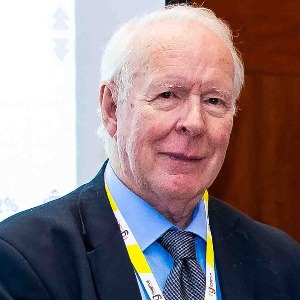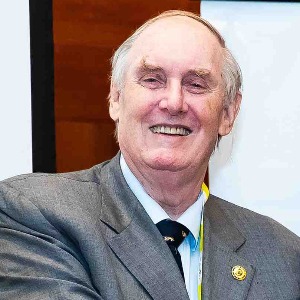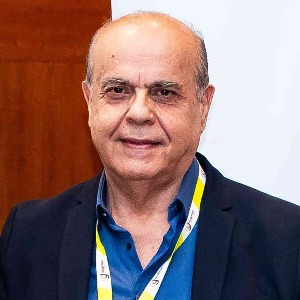Dentin
Dentin is a specialized material that is found in the natural tooth in dental science. It is harder than enamel and makes up the bulk of the tooth structure. Its primary functions are to provide support and strength to the enamel and dentin, form a protective barrier against bacteria and keep the tooth safe from external forces. Dentin is composed of 50-75% inorganic material (hydroxyapatite mineral and calcium phosphate) and 25-50% organic material (collagen and ground substance). It is yellowish-brown in color and rougher than the enamel. It can also contain minerals such as zinc, copper, and magnesium. The primary function of dentin is to form and protect the tooth. It serves as a protective barrier against harmful bacteria and acids that break down the tooth, preventing decay and cavities. The dentin is also responsible for providing strength and reinforcing the softer enamel, making them more resistant to breakage. In addition to providing structure and stability, dentin also conducts sensations like temperature, pressure, and touch. Dentin is produced by the pulp of the tooth and the predentin, via the process of dentinogenesis. The predentin, formed by odontoblasts, is the more mineralized form of dentin. After a few days, the predentin begins to be replaced by the mature dentin, which is more mature and fully mineralized. In conclusion, dentin plays a vital role in dental health. It provides a protective barrier against bacteria that can cause decay and cavities while providing support and strength for the enamel. Additionally, dentin provides sensations like pressure, temperature, and taste along with transmitting electrical signals. Proper oral hygiene with brushing and flossing is essential for maintaining healthy dentin.

David Geoffrey Gillam
Queen Mary University of London, United Kingdom
Christopher Turner
Spacemark Dental, United Kingdom




Title : Evaluating hygienist follow up for head and neck oncology patients in secondary care: Results from a two cycle audit
Peter Basta, Newcastle Dental Hospital, United Kingdom
Title : Atypical facial pain unravelled
Christopher Turner, Spacemark Dental, United Kingdom
Title : New treatment of temporomandibular disorder through muscle balance and muscle regeneration by activation of quiescent muscle stem cells( satellite cells) with mitochondrial dynamics
Ki Ji Lee, National Reserach Foundation & Busan Medical University, Korea, Republic of
Title : MRONJ and ORN: Referral or management in primary care? Navigating guidelines in the context of long waiting lists
Alisha Sagar, NHS England, United Kingdom
Title : Managing the unexpected: An Insight into supernumerary teeth
Bahar Gharooni Dowrani, Guy's and St Thomas' NHS Foundation Trust, United Kingdom
Title : Laxative prescribing for post operative head and neck cancer patients at Derriford Hospital
Pui Sze Kylie Li, Cardiff and Vale University Health Board, United Kingdom